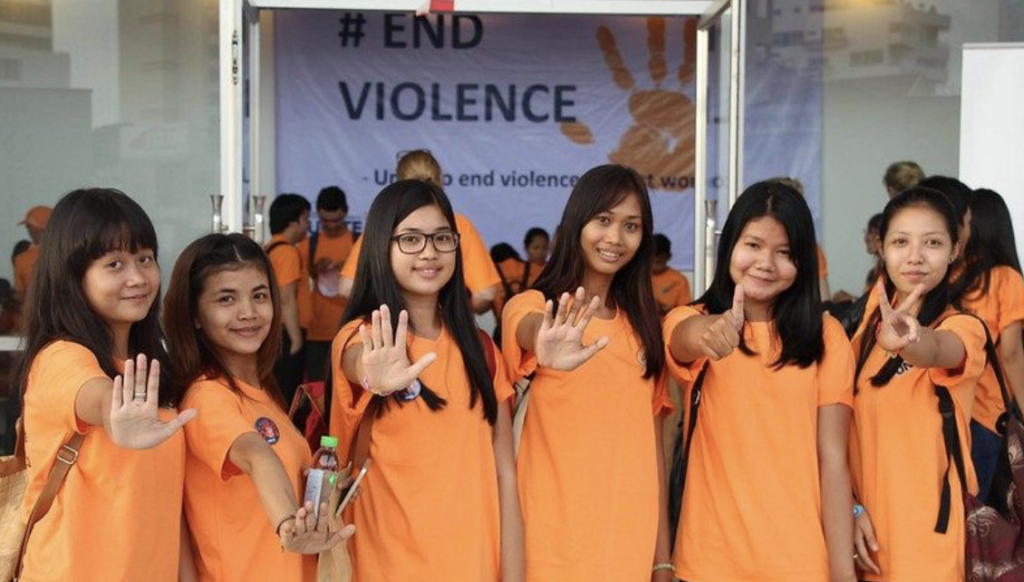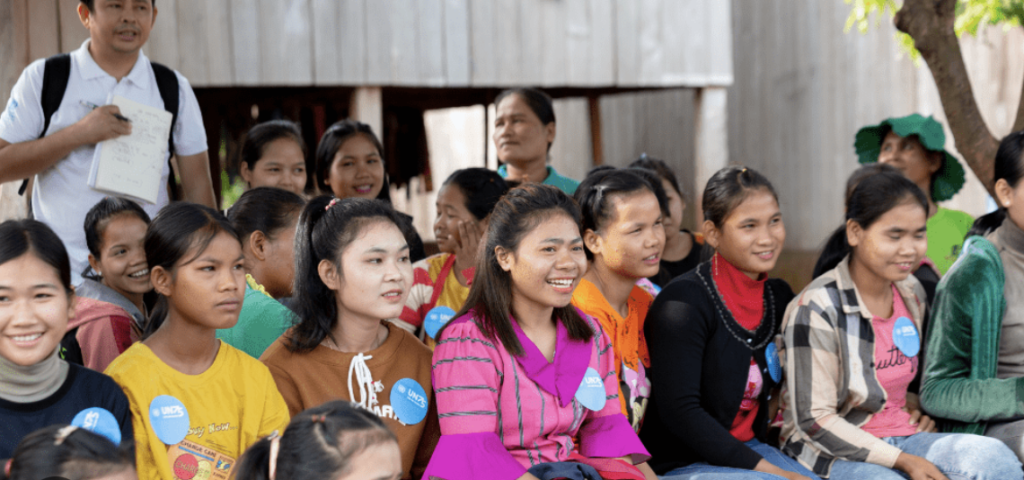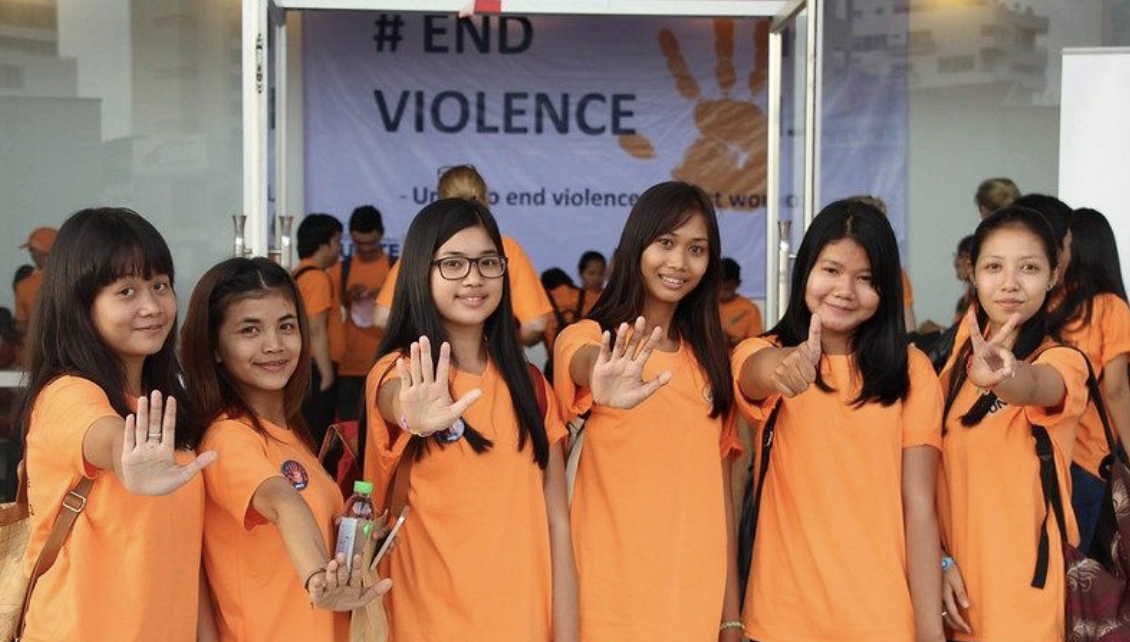Study About How Woman Perceive in Cambodia

In recent years, Cambodia has made significant strides towards addressing the gender gap; however, deeply rooted inequalities and traditional gender norms continue to persist. Official data indicates that women in Cambodia face disadvantages compared to men in vital areas such as economic empowerment, higher education, and political representation.
For example, a 2017 report from the Ministry of Education, Youth and Sports noted that only 22% of master’s degree candidates and 5% of PhD candidates were women, while a mere 10% of government ministers are female. Cultural traditions and societal norms significantly contribute to the perpetuation of discriminatory practices, often reinforcing stereotypes that undermine the acknowledged value of women in society. This limited perception of women primarily as wives and mothers constrains their educational and professional ambitions, ultimately hindering overall social and economic development.
Gender inequality remains a pervasive issue, yet Cambodia presents unique challenges that need to be addressed. To gain further insight into these barriers, I engaged in discussions with two university students regarding women’s rights and gender equality within the Cambodian context.
Sophany Chan Dara and Moeun Chamrong Ridhisidh participated in a youth debate organized by the Ministry of Women’s Affairs (MoWA) in February 2019. The debate, broadcasted on TVK, centered on the inclusion of women in Cambodia’s economic and social landscapes, the media’s role in combating violence against women, and the importance of gender equality in Cambodian society.
Nineteen-year-old Sidh is pursuing English studies at Phnom Penh International University while also studying International Business Management at the University of Cambodia. Chan Dara, aged 20, is studying English at the Institute of Foreign Languages and International Management at the National University of Management.
As experienced debaters, these second-year students bring a wealth of knowledge. However, it was during the debate that Chan Dara and Sidh delved deeper into the Cambodian context of gender roles and women’s rights.
The government has prioritized gender equality through both the Millennium Development Goals and the subsequent Rectangular Strategy Phases II and III. These initiatives strive to close gender gaps and foster equal social participation, thereby promoting greater involvement of women in politics, economics, education, and community activities. Nevertheless, women’s active participation in society remains lower in comparison to their counterparts in neighboring countries. According to USAID (2014), women accounted for 17.8% of communal councilors, with 20.5% serving as secretaries of state, 17.6% as undersecretaries of state, and 22.1% as court clerks. Similarly, Kimseng (2015) noted that in 2015, the National Assembly included only 25 women members, equating to 20% of the legislature, along with 44 women serving as undersecretaries of state, amounting to 18.7%. Such statistics demonstrate a continuing underrepresentation of women across socio-economic and political domains.
Nevertheless, signs of progress concerning women’s empowerment in education and leadership are emerging in Cambodia, as indicated by the National Strategic Development Plan (2016-2018). This plan emphasizes gender equality by enhancing the voice, choice, and safety of all Cambodian women and girls. By addressing and preventing violence, empowering women legally and economically, and boosting their leadership and public participation, Cambodia aspires to implement a transformative, gender-responsive development agenda aimed at fostering inclusive progress (UNDP, 2014).
Despite ongoing efforts to foster gender equality through empowerment, discrimination against women persists. Without altering the entrenched social norms, attitudes, and beliefs in Cambodian society, women’s access to leadership roles will remain limited, constraining their impact on socio-economic and political advancements (UNDP, 2014).
When the voices, safety, and choices of Cambodian women and girls are protected by their communities and society at large, they become empowered. Moreover, securing leadership roles is crucial for enhancing women’s capabilities (UNDP, 2014).
It is crucial to provide education and training for women to ensure they acquire the same skills, knowledge, and opportunities as men in social engagement (USAID, 2013). Importantly, alleviating discrimination against women requires confronting the existing “social norms, attitudes, beliefs,” and biases that obstruct women’s participation and leadership in socio-economic and political development (UNDP, 2014).

In practice, the discrimination experienced by women in social services and politics remains a significant challenge within Cambodian society. Many still harbor doubts regarding women’s capabilities. As a result, women must consistently demonstrate their competence and expertise to be seen as equals to men. By assuming leadership roles within political and social spheres, Cambodian women can display their abilities and gradually gain increased public confidence (Malika, 2014).
Although public surveys indicate a positive shift in attitudes toward women in leadership, “cultural norms continue to serve as considerable obstacles to the entry and advancement of women in politics and public life” (USAID, 2014). Accordingly, the Cambodian Rectangular Strategy for sustainable development seeks to achieve the government’s objectives by focusing on “growth, employment, equity, and efficiency” in Cambodia. Furthermore, empowering women in leadership, education, and social participation is essential for fostering social and economic advancement to realize national objectives. Consequently, enhancing women’s skills, knowledge, and leadership capacities is central to empowering them as active contributors to societal progress, promoting positive perceptions of women’s leadership. Additionally, it is important for women to build confidence in their abilities to engage in socio-economic development (UNDP, 2014).
References
Aikman, S., Halai, A. and Rubagiza, J. (2011) Conceptualizing gender equality in research
on education quality. Comparative Education, 45(1), 45-60.
Ayers, D.M. (2000) Anatomy of A Cry: Education, Development, and the State in
Cambodia, 1953-1998. Honolulu: The University of Hawai’i Press.
CRDB (2015) Gender and Women’s Participation. http://www.cdc-
crdb.gov.kh/cdc/ngo_statement/gender_women.htm
Filippi, J.M. (2011) Cambodia’s turbulent educational history.
http://www.phnompenhpost.com/post-plus/cambodias-turbulent-educational-
history
Gorman, S., Dorina, P., and Khen, S. (1999) Gender and Development in Cambodia: An
Overview. Phnom Penh: Cambodia Development Resource Institute.
